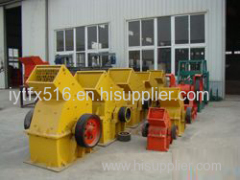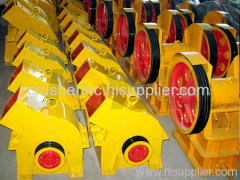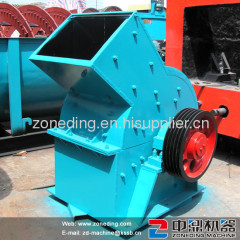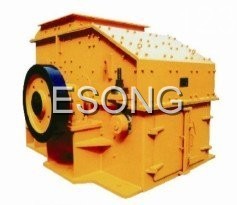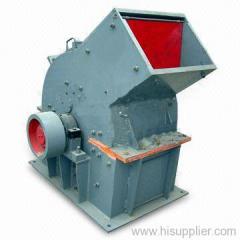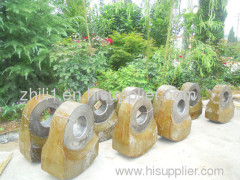
Krupp Crusher Hammer
0.3 USD
| Min. Order: | 50 Ton |
|---|---|
| Trade Term: | FOB |
| Payment Terms: | L/C, T/T |
| Supply Ability: | 5000T/Q |
| Place of Origin: | Henan |
Company Profile
| Location: | Luoyang, Henan, China (Mainland) |
|---|---|
| Business Type: | Manufacturer |
Product Detail
| Model No.: | 2022 |
|---|---|
| Means of Transport: | Ocean |
| Brand Name: | Zhili |
| crusher spare part: | wear steel casting |
| Production Capacity: | 5000T/Q |
| Packing: | according to request |
| Delivery Date: | within 35days after downpayment |
Product Description
Tel: +86 18736378024
E-mail:zhilishiye1@gmail.com
Pouring temperature is the composite casting process is an important process
Parameters, it will directly affect the choice of diaphragm thickness and the two metals most
End with the situation. After several casting trials, we selected the pouring temperature
As, steel: 1540 ℃ ~ 1580 ℃; hot metal: 1320 ℃ ~ 1360 ℃.
Heat treatment aimed at taking into account the high chromium cast iron 25 #
Steel, using
960 ℃ (± 10 ℃) thermal 3h ~ 4h followed by air cooling and 350 ℃ (± 10 ℃)
And then air-cooled heat 3h ~ 4h. Before heat treatment of high chromium cast iron-cast
For the austenite + eutectic carbides, hardness only HRC48 ~ 52; heat
After the high chromium cast iron martensite + retained austenite + carbide time
+ Secondary carbides, hardness HRC60 ~ 62. 25 #
CARBON STEEL as
Ferrite + pearlite can meet the requirements.
Composite casting hammer were dissected to analyze the two materials and
Partition among the three fusion status. Analysis of samples are shown in Figure 1. Sample
Microstructure shown in Figure 2. It can be seen from Figure 2, high chromium cast iron side of the fusion site
As a carbide sorbite + + secondary carbides; high chromium cast iron and separated
Organization of the fusion zone plate pearlite; diaphragm zone of ferrite + pearl
Body; 25 #
Carbon Steel ferrite + pearlite. Figure 3 shows the high chromium cast iron
Fusion zone with the partition further enlarged microstructure, can be more clearly
Good to see the status of the fusion of two materials. You can see from Figure 2 25 #
No partition between carbon steel and a good interface melting conditions. More love
Conditions show that high-chromium cast iron, 25 #
Carbon steel and has been completely cast into the three partitions
Hammer casting a whole.


